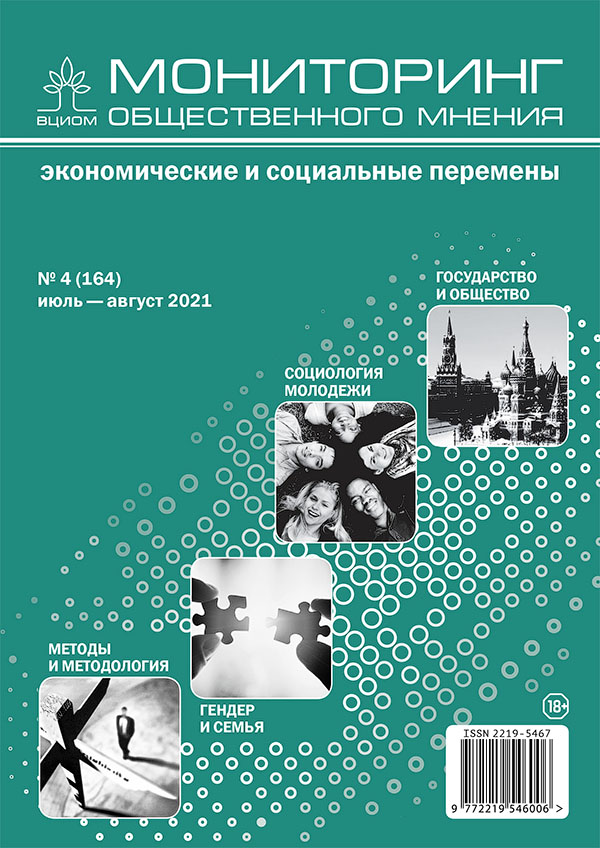A Two-Component Model of Behavior Factors: Does Sociology Have Something to Teach Marketing?
DOI:
https://doi.org/10.14515/monitoring.2021.4.1946Keywords:
market forecast, demand forecast, microsociology, social action, behavior theory, behavior factors, dual process model of cognition, two-component model of behavior factors, precursors of behavior, explicit factors, implicit factors, attitude, structural theory of attitude, GATO, TOD/TBP, IAT, MODE, RIMAbstract
In recent years, there has been a growing wave of criticism against the authors of both political and market forecasts. This phenomenon testifies to the imperfection of the human behavior models they use. In electoral sociology, where the cost of mistakes is considerably higher, the desire to avoid them has led to some progress. Can its results be used in marketing?
This article presents the analysis of the theoretical prerequisites for using the methodological findings of electoral sociology in marketing. It also provides a meta-analysis of the application of one of these findings, a two-component behavioral model, to predict voting results. This model is based on a combination of open (explicit) and hidden (implicit) factors of behavior, considering the behavioral act as a result of resolving the conflict between them. Noting the experience of applying this model in the political sphere, the author formulates the question: can it be transferred to the field of market research?
The review of the theoretical premises of the observed difficulties shows, that electoral and marketing forecasting faces problems of similar nature. This opens up opportunities for the reciprocal borrowing of methods to overcome these problems.
Downloads
Published
How to Cite
Issue
Section
License
Copyright (c) 2021 Monitoring of Public Opinion: Economic and Social Changes Journal (Public Opinion Monitoring) ISSN 2219-5467

This work is licensed under a Creative Commons Attribution-NonCommercial-ShareAlike 4.0 International License.






